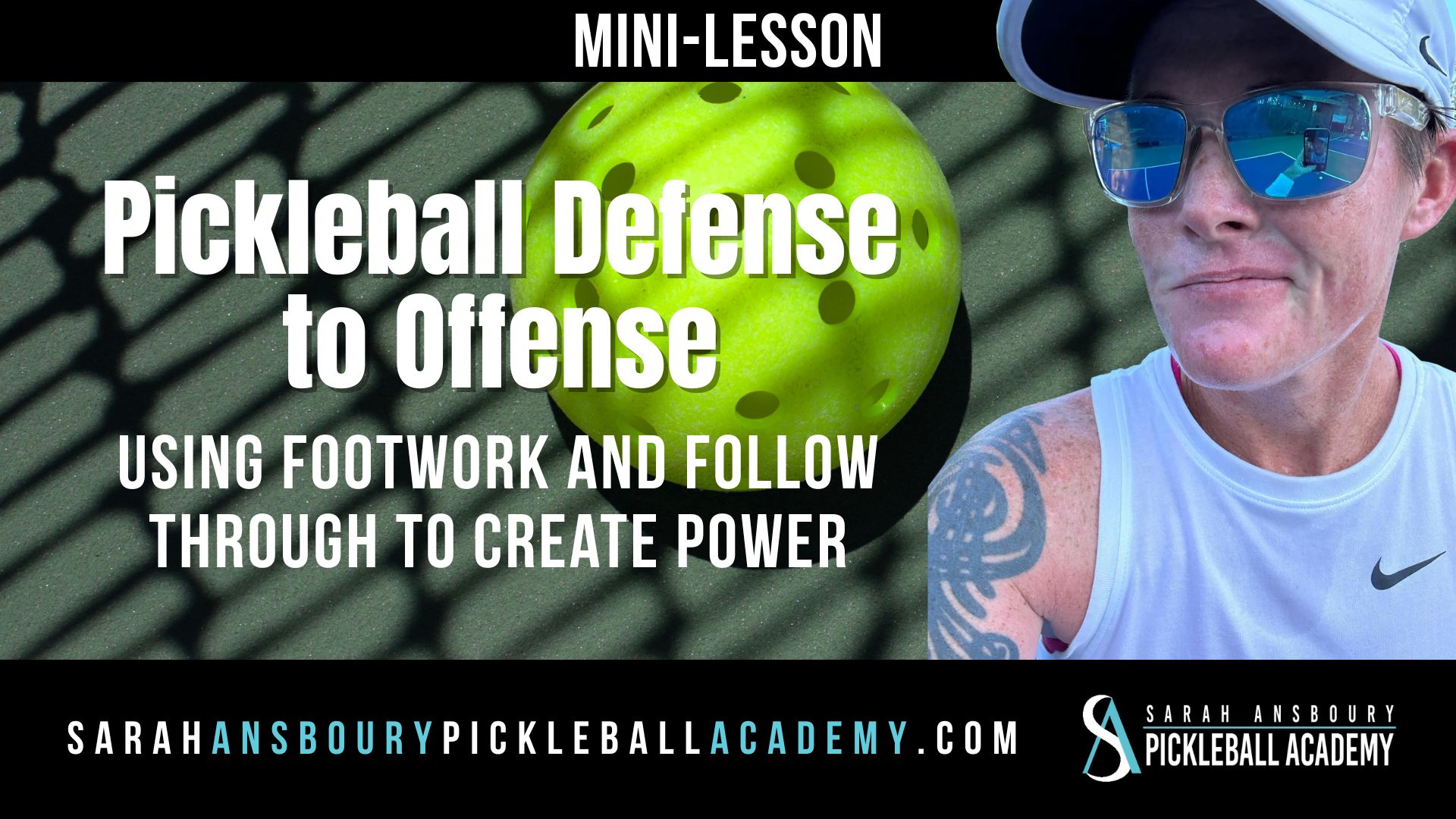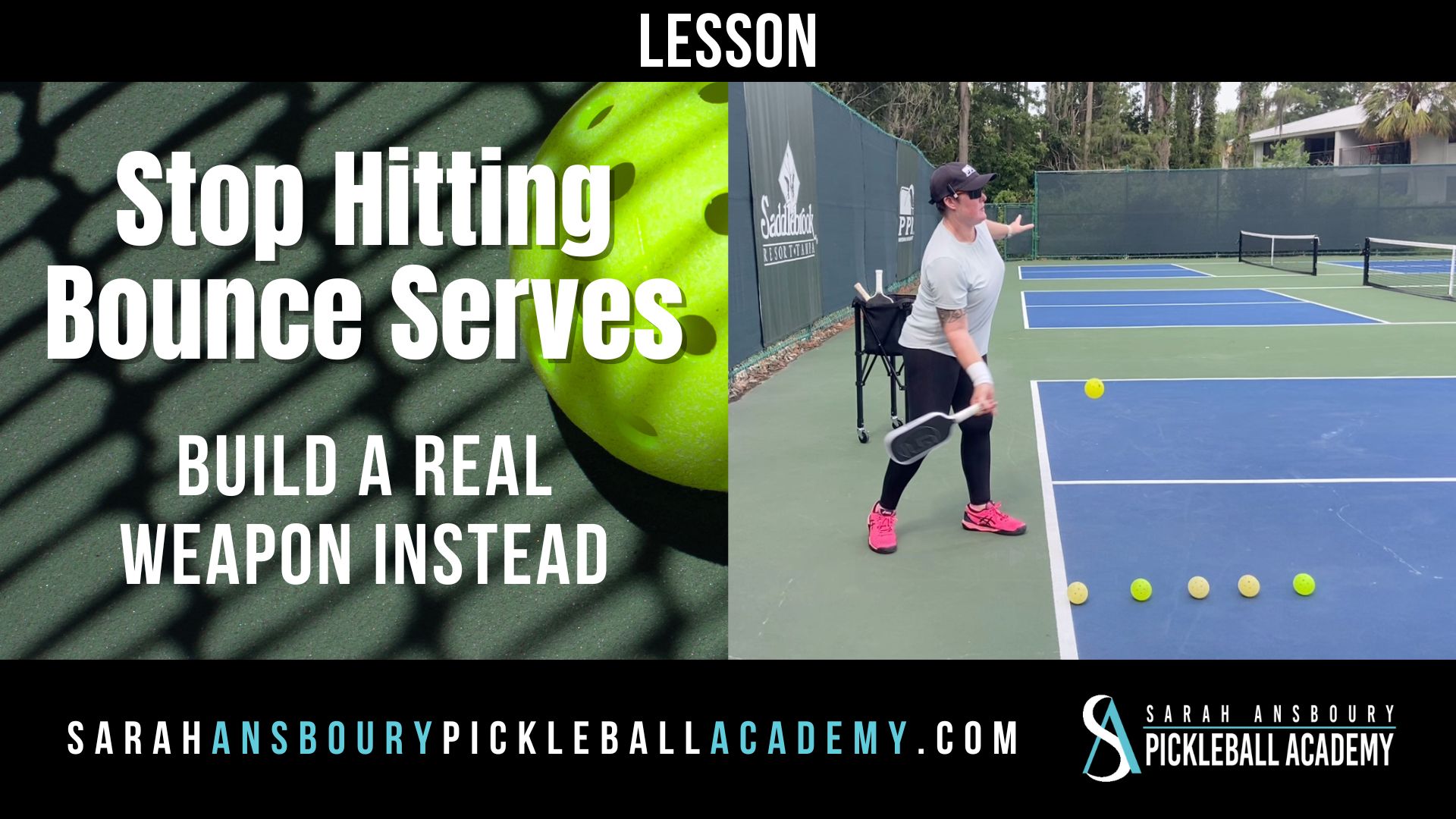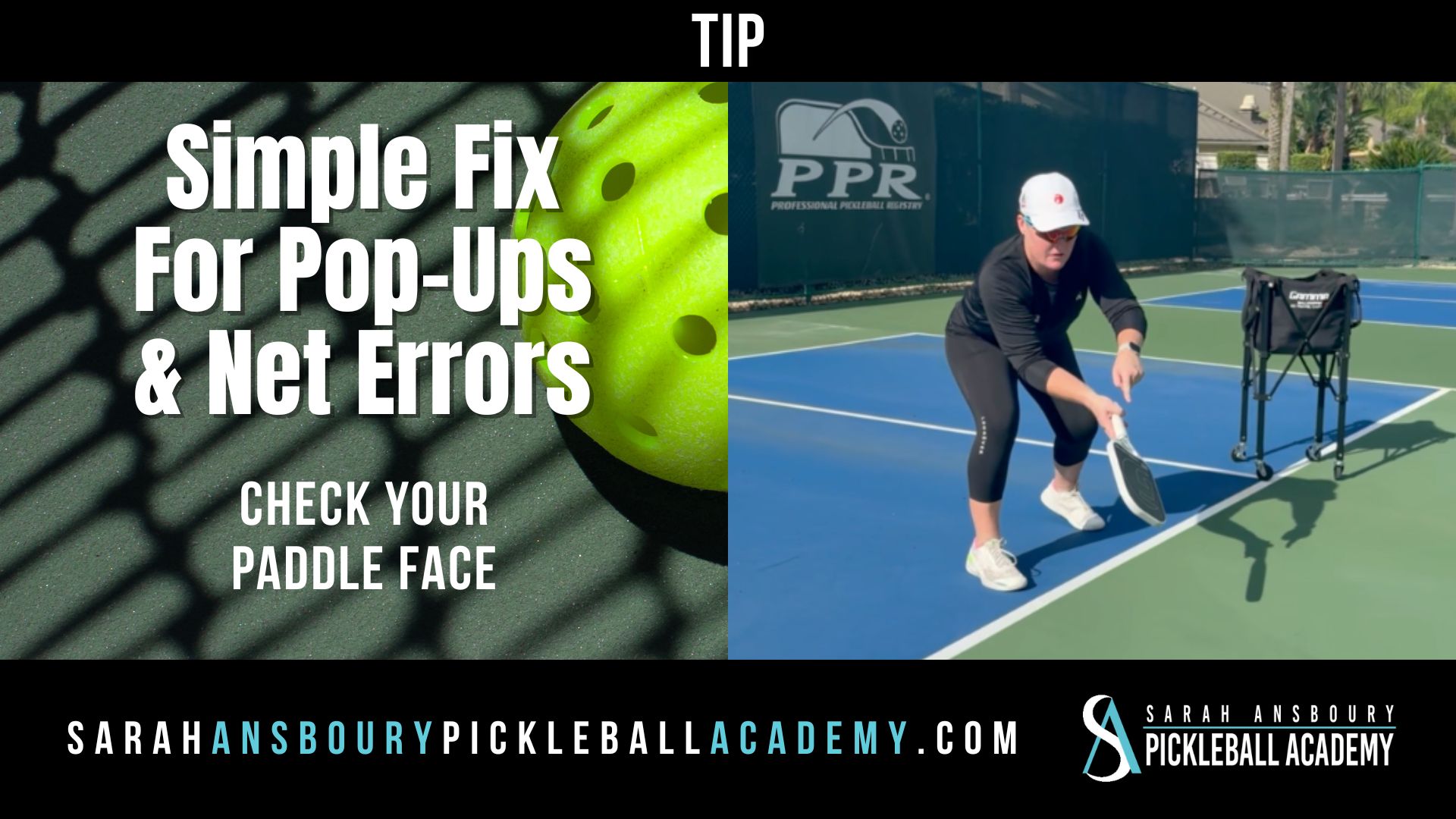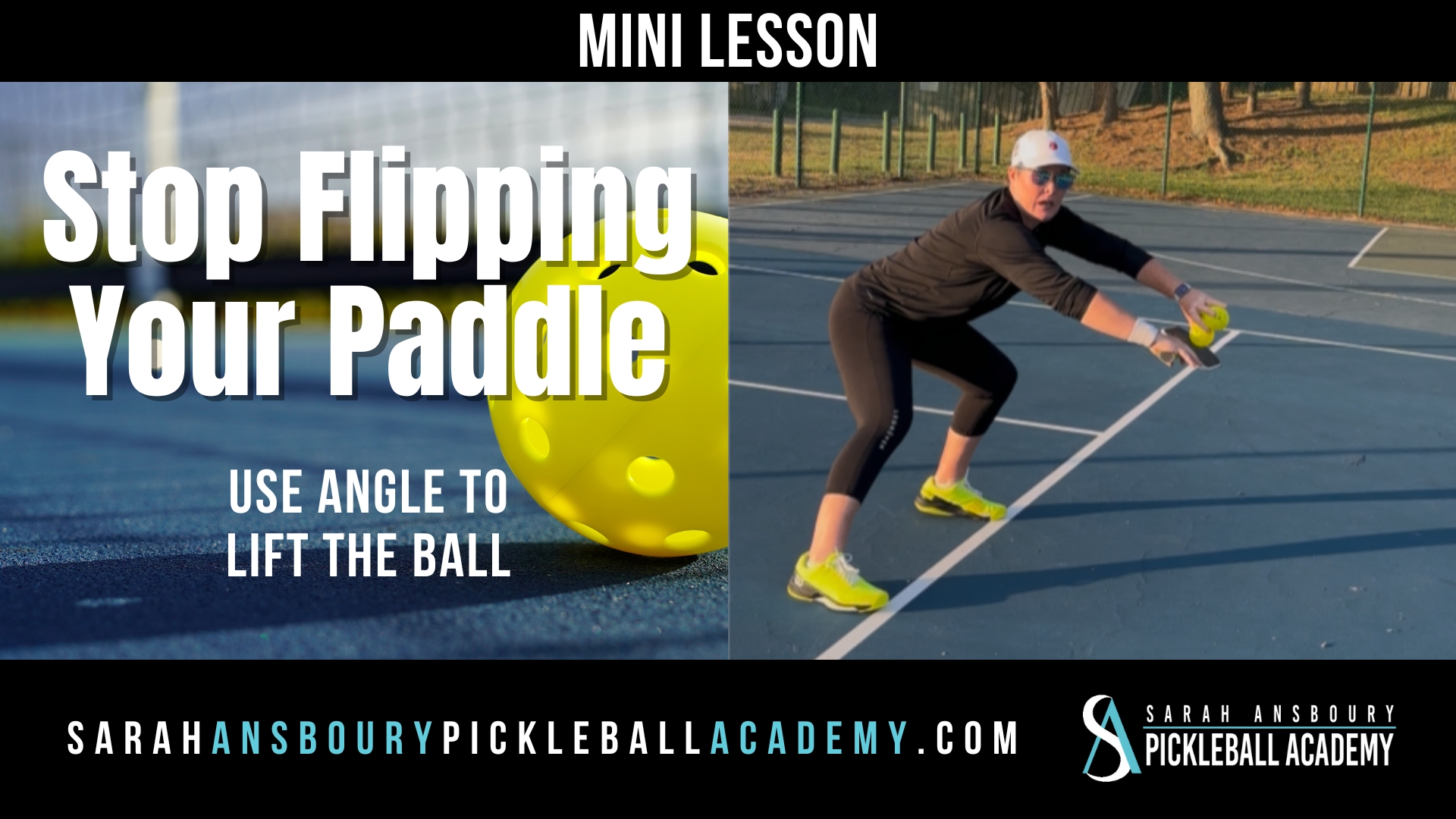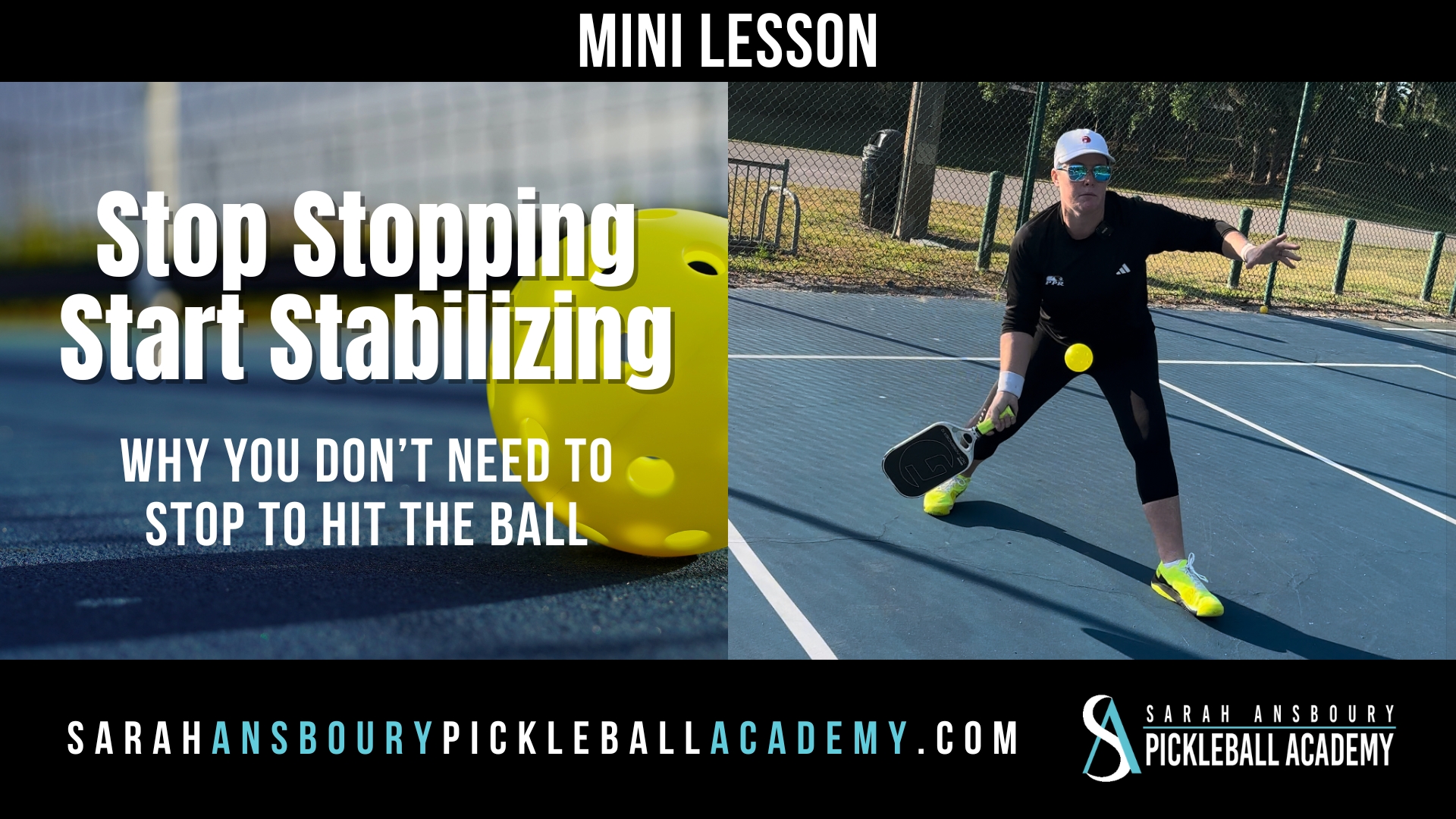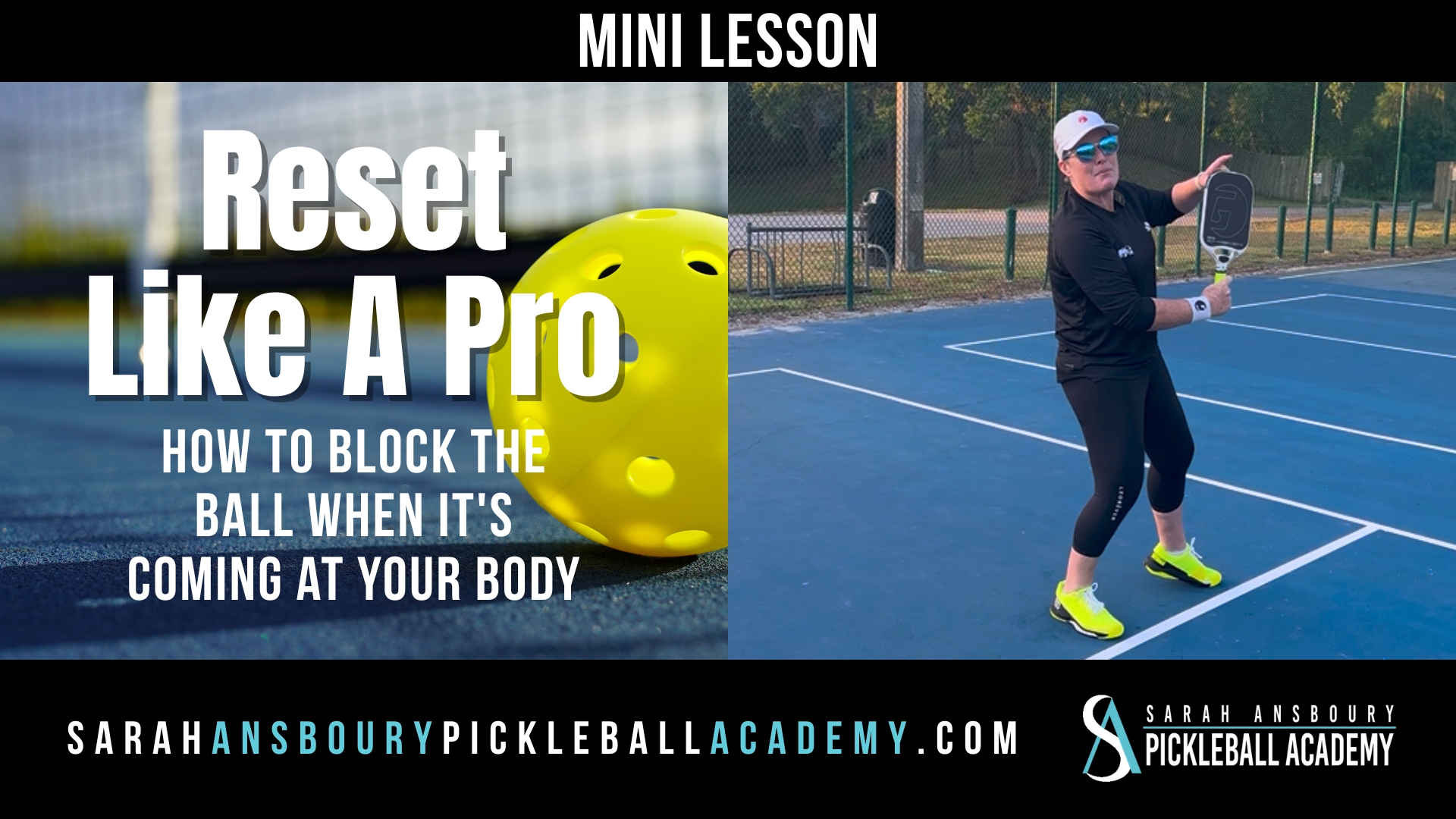Have you ever popped up the ball, only to have it smashed back at your partner? We feel terrible when that happens. We apologize profusely and walk sheepishly back to the baseline. It may be we just mishit the ball. Or it may be we didn’t know when to attack.

Great Partnerships
Great pickleball partnerships are, to a large part, built on trust. Trusting that our partner will support us. Knowing that our partner knows that every ball we hit effects the other. That we will be thoughtful and intentional when we hit the ball and not just react.
Too often, when we react, we tend to pop the ball up. Often we hit it too hard or pull ourselves out of position. We may find ourselves in a slam fest that we don’t know how to get out of. In addition to slowing down the ball, we need to learn to identify attackable balls.
Don’t attack when
Let’s begin with some simple don’ts…i.e. when you should not attack.
- When they are out of position: I have written before about the importance of knowing the difference between a defensive, neutral, and offensive position. We never attack hoping to get ourselves out of a defensive position. If you are moving backward you are on defense. If you are transitioning to the net and both of your opponents are comfortably at the NVZ, it is unlikely you will be able to hit through them. Instead, play to be able to hit another ball. Remember, you have to achieve neutral before you can go on offense.
- Ready for the next shot: Also keep in mind, regardless of how well you executed your shot, you need to be in a position to hit the next ball when it comes to you. If you can’t maintain balance after the shot, you should not attack.
- The ball is below the top of the net: Players new to pickleball, especially tennis players, want to attack a ball after it bounces at the net. However, too often they simply put it into the net. If you are making contact below the net, your paddle will have to be under the ball…lifting the ball. In these situations, keep it slow…dink.
My imaginary circle


